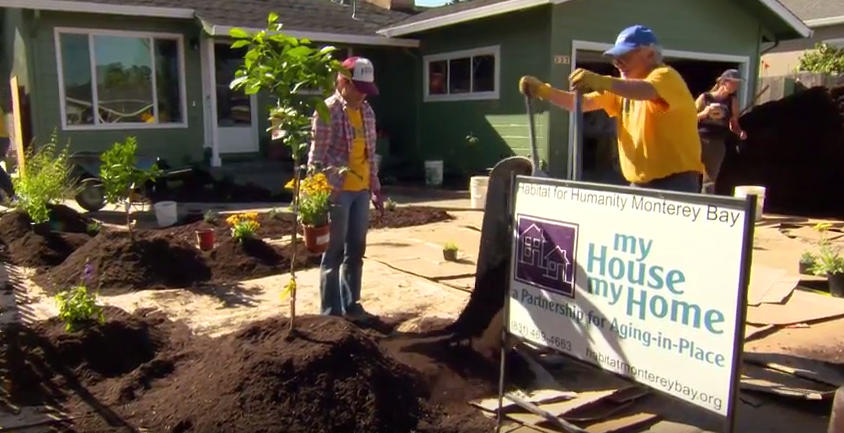AARP just announced a second year of a grant program that aims to “help make communities better places to live for all ages.” The grants are available for a range of projects and can be for small one-time programs or large-scale projects, ranging from several hundred dollars to several thousand.
The grants can go to transportation projects, either permanent or temporary ones, that help increase walkability, bikeability, wayfinding, or access; to permanent or temporary projects and programs that activate and improve open spaces and parks; to projects that support or help increase access to affordable housing; and toother innovative projects that improve a community.
They are “aimed at catalyzing change and improving the quality of life for people of all ages in communities nationwide,” said AARP California State Director, Nancy McPherson. These are “quick-action” grants—applications are due May 16 and projects must be completed by November 5, 2018. The quick turnaround is deliberate, to get communities to work together and “coalesce” around specific projects. The aim is to encourage putting creative ideas into action immediately.
“Our hope is it will spark interest from other groups, that it will spark interest in these public spaces,” says Randy Hoak, an AARP spokesperson, in a video about the grants.
Applications are open to nonprofit organizations and government agencies, with other organizations eligible depending on circumstances.
Last year, 88 grants were awarded nationally. Four of them were in California, and they ranged widely in scope and subject. For example, “Fontana Walks” was an initiative to encourage residents to walk two billion steps in a year. Habitat for Humanity Monterey Bay received funding to develop a program called “My House My Home” to help senior homeowners on fixed incomes age in place. The city of West Sacramento applied for and received funding for pedestrian safety improvements, including signal timing extensions, “talking” pedestrian crossing buttons, and countdown timers.
The fourth California project that received funding last year was the development of a game to get San Diego residents talking about senior care and housing issues, and to promote grassroots discussions and advocacy.
Other grantees across the nation put in crosswalks, added street signs, lighting and bike racks, cleaned up and activated alleys and parks, built gardens, created Open Streets events, created walking tours and walking paths, and a host of other projects that can be found listed here.
Further details about the grants and a link to the application can be found here.






